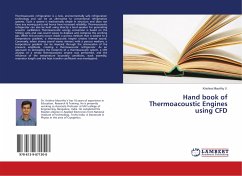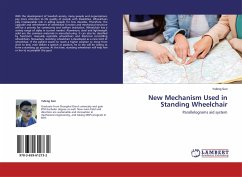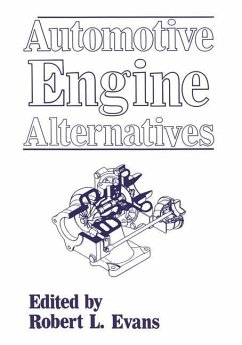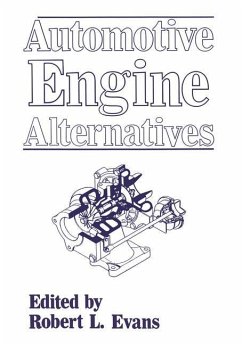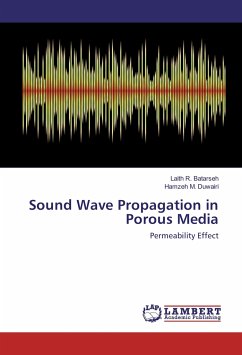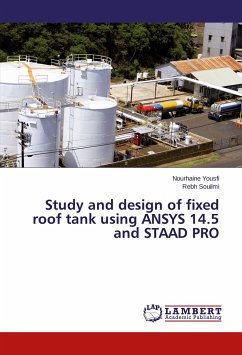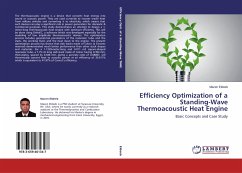
Efficiency Optimization of a Standing-Wave Thermoacoustic Heat Engine
Basic Concepts and Case Study
Versandkostenfrei!
Versandfertig in 6-10 Tagen
47,99 €
inkl. MwSt.

PAYBACK Punkte
24 °P sammeln!
The thermoacoustic engine is a device that converts heat energy into sound or acoustic power. They are used currently to recover waste heat from military vehicles and converting it to electricity, which means that such devices can play a significant role in power generation for domestic & commercial purposes. This study demonstrates an attempt to design a 1-meter-long thermoacoustic heat engine with optimum efficiency. This will be done using DeltaEC, a software which was developed especially for the modeling of low amplitude thermoacoustic devices. The optimization process includes geometrica...
The thermoacoustic engine is a device that converts heat energy into sound or acoustic power. They are used currently to recover waste heat from military vehicles and converting it to electricity, which means that such devices can play a significant role in power generation for domestic & commercial purposes. This study demonstrates an attempt to design a 1-meter-long thermoacoustic heat engine with optimum efficiency. This will be done using DeltaEC, a software which was developed especially for the modeling of low amplitude thermoacoustic devices. The optimization process includes geometrical parameters of the resonator tube and the stack, the working fluid, and the heat input to the engine. The present optimization process has shown that slab stacks made of Celcor (a Ceramic material) demonstrated much better performance than other stack shapes and materials. For a 1.1239-meter-long and 0.011 m2 square-shaped resonator tube, a 7.75 cm long slab stack made of Celcor having 0.304 mm-thick-plates, spaced by 0.648 mm, giving a porosity ratio of 0.68067, will theoretically convert heat to acoustic power at an efficiency of 30.611% which is equivalent to 47.97% of Carnot's efficiency.





